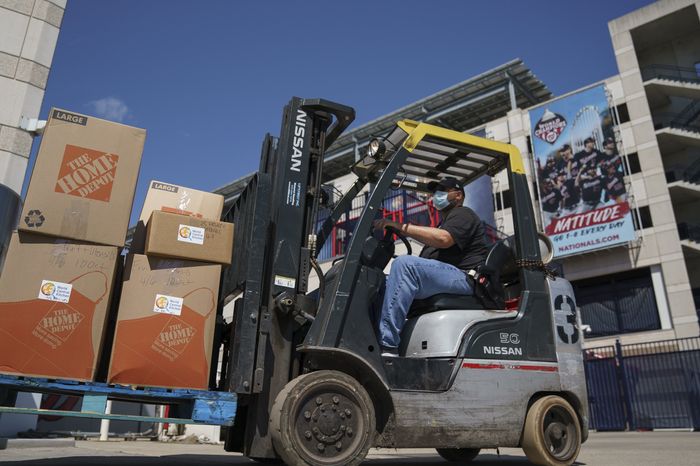MarketWatch
The numbers: Orders for manufactured goods sank 2.1% in November in another sign of slackening demand in the U.S. economy as the year winds down.
Fewer contracts for commercial jets explained most of the weakness last month. But orders minus transportation and a key measure of business investment posted just very small increases.
Orders rise in an expanding economy and shrink when growth weakens. A variety of measures point to waning demand for goods due to a more fragile economy and a shift in consumer spending toward services such as travel and recreation.
Economists polled by the Wall Street Journal had forecast a 1.1% decline in orders for durable goods — or products meant to last at least three years.
Key details: Orders for aircraft nosedived 36% last month, reflecting typical seasonal swings in contract signings. Demand for new cars and trucks also fell slightly.
The transportation segment is a large and volatile category that often exaggerates the ups and downs in industrial production.
Outside of transportation, new orders rose a meager 0.2%. Bookings increased in every major category except primary metals.
Business investment, meanwhile, also rose 0.2% last month, but the annual rate of growth has slowed sharply in recent months to 5.7% from more than last spring.
These orders exclude military spending and the auto and aerospace industries.
Big picture: American manufacturers are likely to tread water for a while.
Higher interest rates have sapped demand for houses, new cars and other big-ticket items because of the added costs and a fading global economy has curbed exports.
The Federal Reserve plans to keep raising interest rates to tame high inflation, so the slowdown in manufacturing could intensify.
The one side-benefit? Congested supply chains are clearing up and reducing a primary driver of inflation over the past few years.
Looking ahead: “Underlying investment demand is weakening,” said senior U.S. economist Andrew Hunter in a note to clients. “We expect it to weaken more markedly next year as the full impact of the Fed’s aggressive tightening this year feeds through.”














